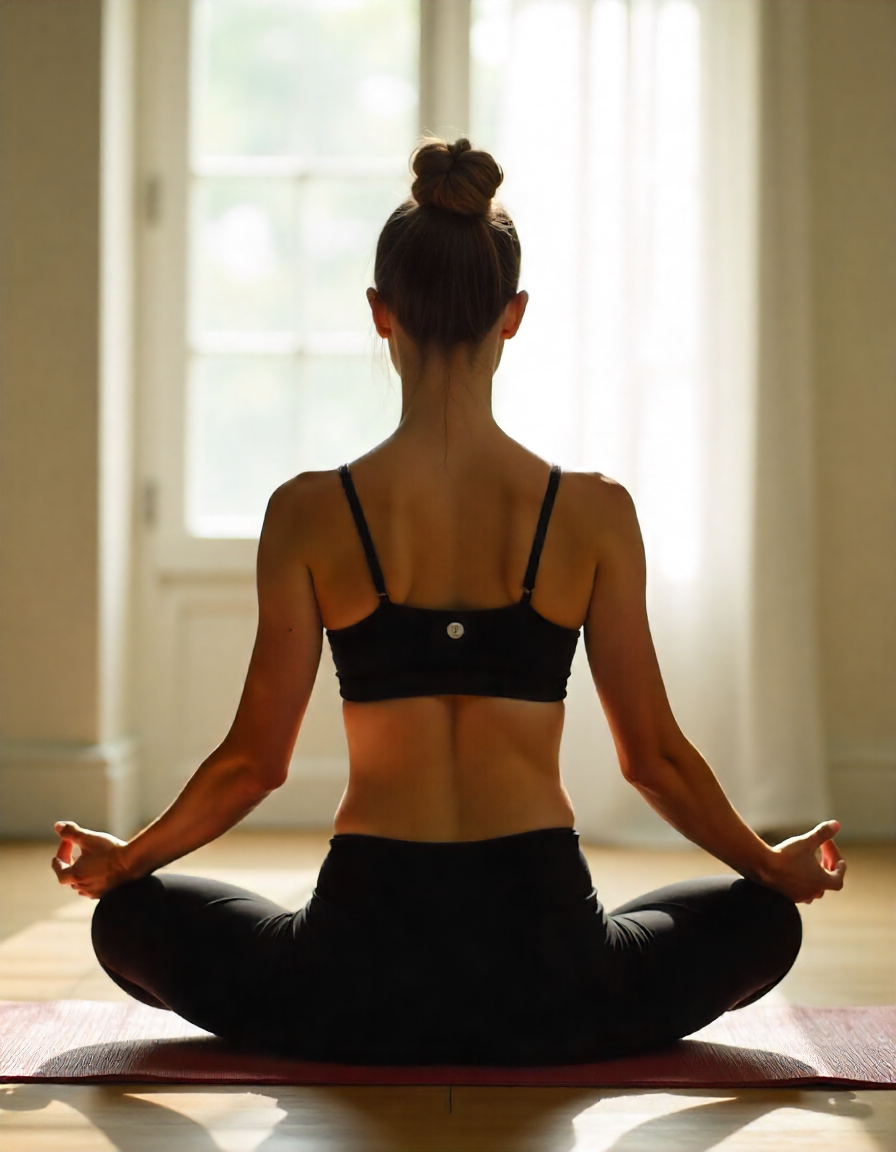When I first stepped onto a yoga mat, I was skeptical. As someone who lived for high-intensity workouts and the adrenaline rush of lifting heavy weights, the idea of slow movements and focused breathing seemed, well, boring. How wrong I was. That initial class, taken on a whim with a friend, opened the door to a practice that would fundamentally change my relationship with my body, my mind, and the world around me.
The Ancient Roots of a Modern Practice
Yoga’s story stretches back thousands of years, originating in the Indus-Saraswati civilization around 5,000 years ago. The word “yoga” itself comes from the Sanskrit root “yuj,” meaning to yoke or unite. Ancient practitioners weren’t focused on achieving the perfect Instagram-worthy pose; they were seeking union—of body and mind, individual and universal consciousness, movement and stillness.
The earliest written mentions of yoga appear in the Rig Veda, but it was Patanjali’s Yoga Sutras, written around 400 CE, that systematized the practice into what we recognize today. These texts outline the eight limbs of yoga, only one of which (asana) involves the physical postures that dominate Western yoga classes. The other limbs address ethical principles, self-discipline, breath control, sensory withdrawal, concentration, meditation, and enlightenment.
This rich history fascinates me because it reminds us that modern yoga, with its focus on physical fitness, represents just a fraction of the original practice. Not that there’s anything wrong with approaching yoga as exercise—I certainly did at first. But understanding its deeper dimensions adds layers of meaning that can transform a simple workout into a profound life practice.
Finding Your Style in the Vast World of Yoga
Walk into any yoga studio today, and you’ll encounter a dizzying array of styles. From the dynamic flows of Vinyasa to the precise alignment of Iyengar, the heated intensity of Bikram to the restorative calm of Yin, there’s truly something for every body and temperament.
I remember feeling overwhelmed when I first encountered this diversity. Should I push myself in a Power class or surrender in a Restorative session? The answer, I’ve learned, is both—and everything in between. Different seasons of life call for different approaches. When I’m feeling anxious and scattered, the deliberate pace of Hatha yoga grounds me. When I need to build strength and confidence, Ashtanga’s challenging series delivers.
For beginners, I often recommend starting with Hatha or gentle Vinyasa classes. These styles provide a solid foundation in basic poses and breathing techniques without the intensity of more advanced practices. The key is finding a teacher who resonates with you—someone who offers clear instructions, modifications for different body types, and creates an atmosphere where you feel safe to explore your edge without judgment.
Beyond the Physical: The Multidimensional Benefits of Yoga
The physical benefits of regular yoga practice are well-documented: improved flexibility, increased strength, better posture, enhanced balance. But what keeps me rolling out my mat day after day are the less visible transformations.
Research has shown that yoga can significantly reduce stress levels by lowering cortisol and activating the parasympathetic nervous system—our body’s “rest and digest” response. I’ve experienced this firsthand during particularly stressful periods at work. Even just ten minutes of conscious breathing and simple stretches can shift my entire nervous system from fight-or-flight to a state of calm clarity.
The mental benefits extend beyond stress reduction. Regular practitioners often report improved focus, better sleep quality, and enhanced mood. There’s something powerful about the combination of movement and breath that creates space in our typically overstimulated minds. I’ve had some of my clearest insights and most creative ideas emerge during or after a yoga session.
Perhaps most profoundly, yoga cultivates body awareness and acceptance. In a world that constantly tells us our bodies are projects to be fixed or improved, yoga offers a different perspective: the body as a wise ally to be listened to and honored. This shift in relationship with my physical self has been nothing short of revolutionary.
Building a Sustainable Home Practice
While studio classes provide valuable instruction and community, developing a home practice deepens your relationship with yoga in unique ways. When you’re alone on your mat, there’s no teacher to tell you when to move or how deep to go—you must learn to listen to your own inner wisdom.
I’ll admit, establishing a home practice wasn’t easy for me. Without the structure of a class, I found myself distracted, unsure what to do, or simply lacking motivation. Over time, I’ve discovered strategies that help:
- Start small—even five minutes counts. A short daily practice builds consistency better than occasional marathon sessions.
- Create a dedicated space, even if it’s just a corner of your room with your mat and perhaps a candle or inspiring image.
- Use online resources or apps for guidance, but don’t become dependent on them. Leave room for spontaneous movement based on what your body needs.
- Keep a journal to note how different poses and practices affect you. This self-reflection deepens your understanding of yoga’s effects.
Remember that a home practice will look different from a studio class—and that’s not just okay, it’s valuable. Some days might be vigorous and flowing; others might involve lying in savasana for twenty minutes with gentle stretches. Both are equally valid expressions of yoga.
Yoga Off the Mat: Integrating Practice into Daily Life
The true test of yoga’s power isn’t how well you can perform a handstand or touch your toes—it’s how the practice transforms your life beyond the mat. The principles we cultivate during formal practice—presence, patience, non-judgment, acceptance—can profoundly impact how we move through the world.
I’ve noticed that on days I practice yoga, I’m more patient with my family, more focused at work, more present in conversations. The breath awareness I develop on the mat serves me during stressful meetings or traffic jams. The physical resilience I build translates to greater emotional resilience when life inevitably throws curveballs.
Consider how you might integrate yogic principles into your daily activities. Can you practice mindful awareness while washing dishes? Can you embody steadiness and ease (sthira sukham asanam) while waiting in line? Can you practice non-attachment to outcomes when working on a project?
These small moments of mindfulness weave yoga into the fabric of your life, transforming it from something you do into something you live.
The Lifelong Journey
What I love most about yoga is that it’s a practice without end. There’s always something new to learn, some deeper layer to explore, some new challenge to embrace. Whether you’ve been practicing for six weeks or sixty years, yoga meets you where you are and invites you to grow.
If you’re new to yoga, I encourage you to approach it with curiosity rather than judgment. Don’t worry about being “good” at it—there’s no such thing. Simply show up, breathe, move, and notice what happens. The transformations will unfold in their own time, in their own way.
And if you’ve been practicing for years, perhaps it’s time to refresh your approach. Try a new style, dive deeper into philosophy, or explore how you might share yoga’s gifts with others.
The mat is always there, waiting to welcome you home to yourself.

